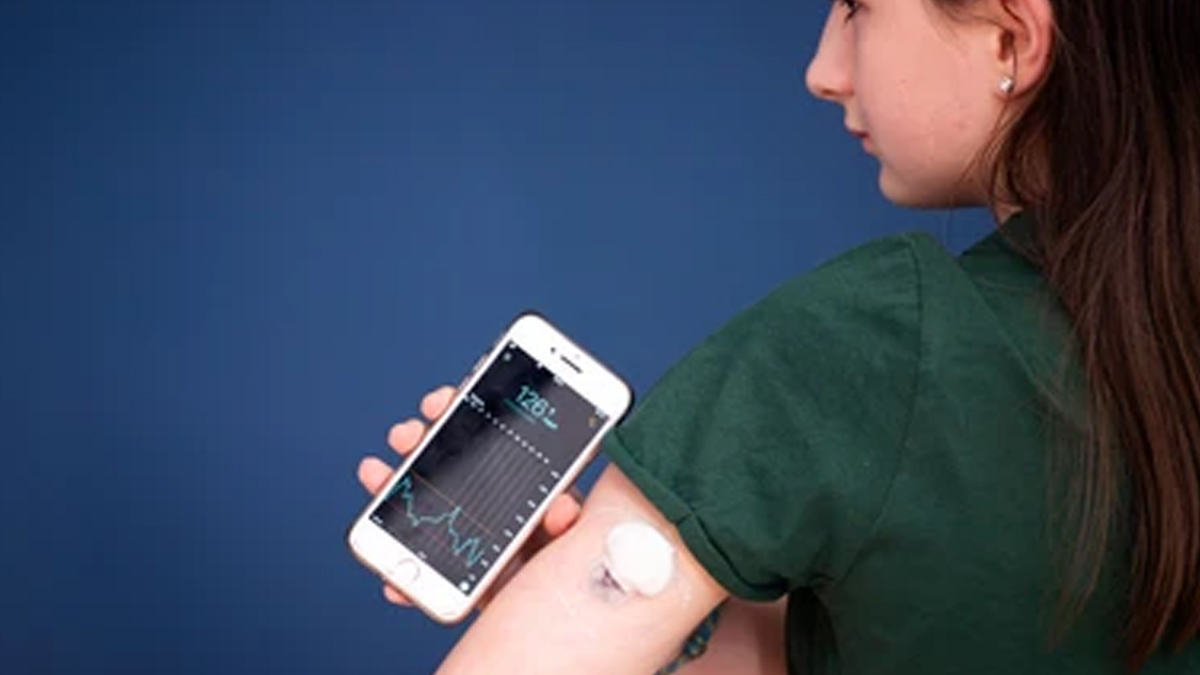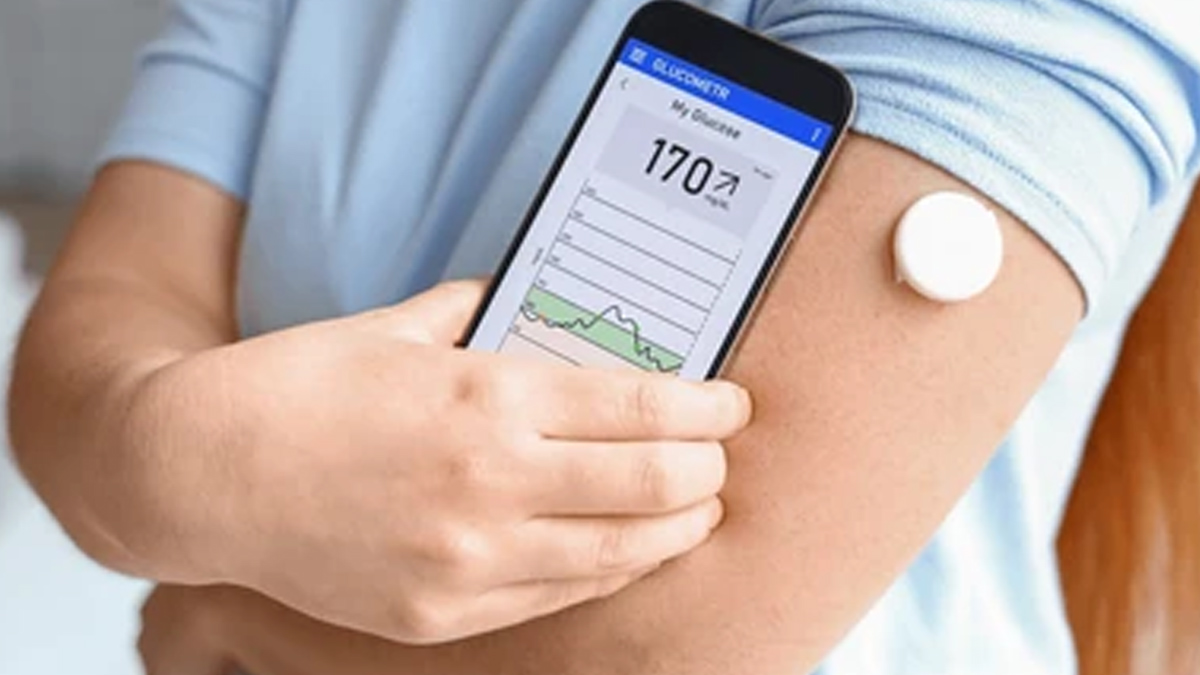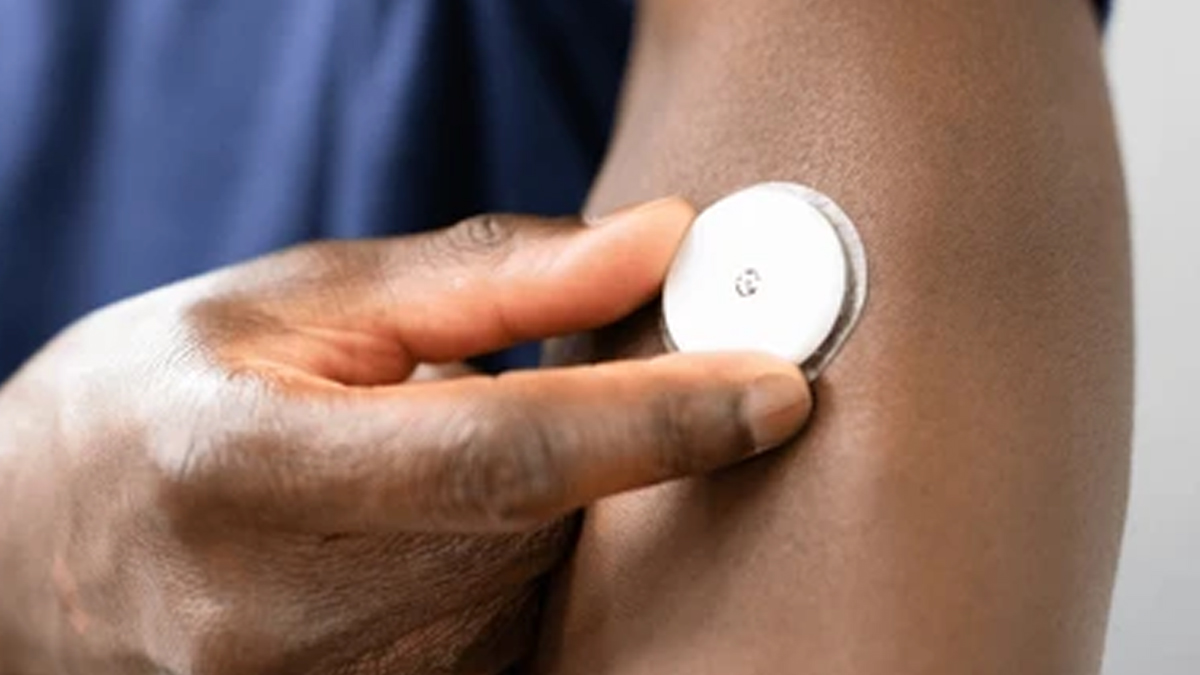
Diabetes is a complex condition that requires constant monitoring and careful management to prevent complications. Traditional methods, such as fingerstick tests, provide only momentary snapshots of blood glucose levels, often leaving gaps in understanding how sugar fluctuates throughout the day. Whereas Continuous Glucose Monitors (CGMs) provide a real-time status of your glucose levels enabling people with diabetes to track patterns, anticipate fluctuations, and make adjustments to their diet, medication and lifestyle as per the CGM readings.
Table of Content:-
These devices offer a more comprehensive and proactive approach to diabetes management, helping to improve blood sugar control, reduce hypoglycaemia risk, and enhance overall well-being.
To understand how CGMs work and their importance in diabetes management, OnlyMyHealth team interacted with Dr Priyamvada Tyagi, Consultant Endocrinologist, Max Super Speciality Hospital, Patparganj, New Delhi.
Dr Tyagi explained, "Diabetes management has seen significant advancements in recent years, largely due to innovations in technology that provide better monitoring and control of blood glucose levels. One of the most significant of these innovations is the Continuous Glucose Monitor (CGM), a device that offers real-time insights into glucose fluctuations throughout the day."
What is a Continuous Glucose Monitor?
A Continuous Glucose Monitor (CGM) consists of a small sensor inserted under the skin, usually on the abdomen or arm, which continuously measures glucose levels in the interstitial fluid (the fluid between cells). These devices provide real-time data that can be viewed on a smartphone, smartwatch, or dedicated receiver. According to studies, CGMs usually offer alerts when glucose levels become too high or too low, allowing users to take corrective actions before issues become serious.

How CGMs Improve Diabetes Management
Dr Tyagi said, “One of the primary advantages of CGMs is that they provide real-time, dynamic information, unlike traditional fingerstick blood glucose tests, which only offer a snapshot at a specific moment.” With a CGM, individuals with diabetes can track their glucose levels continuously throughout the day, providing a much more comprehensive view of their blood sugar trends. This level of monitoring helps in:
- Identifying patterns in glucose fluctuations, such as after meals or during physical activity.
- Adjusting medication, food intake, and exercise plans accordingly.
- Reducing the frequency of fingerstick tests, which can be painful and inconvenient.
- Encouraging a proactive approach to diabetes management.
Benefits of CGMs in Diabetes Management

1. Enhanced Blood Sugar Control
By providing real-time feedback, CGMs help people with diabetes make timely adjustments to their insulin doses, meal plans, and lifestyle choices. Studies have shown that using a CGM can lead to improved HbA1c levels (a marker of long-term blood sugar control) without an increased risk of hypoglycemia (low blood sugar).
2. Fewer Hypoglycemic Episodes
According to Dr Tyagi, “One of the greatest risks for people with diabetes is hypoglycemia, which can occur when blood glucose levels drop too low.” CGMs help reduce this risk by alerting users when their glucose levels are approaching dangerous lows, allowing them to take action before it becomes a life-threatening situation.
3. Personalised Insights
Because CGMs offer continuous data, they allow individuals to better understand how their bodies respond to different foods, activities, and insulin doses. This personalised information helps optimise treatment plans over time and encourages better decision-making in daily diabetes management.
4. Increased Confidence and Peace of Mind
With the ability to monitor glucose levels continuously, individuals with diabetes often feel more in control of their condition. Dr Tyagi notes, “This reduces the anxiety and uncertainty that comes with managing a chronic disease, improving both mental and physical well-being.”
Also read: What Immediate Steps You Should Take If You Are Diagnosed With Pre-Diabetes
Challenges and Considerations

Despite their many benefits, Dr Tyagi says that CGMs come with certain challenges:
Cost: The devices can be expensive, and not all insurance plans cover them.
Skin Irritation: Some people experience irritation from the sensor adhesive.
Calibration & Maintenance: Regular calibration is needed to maintain accuracy.
Learning Curve: New users may require time to understand and effectively use CGMs.
Additionally, while CGMs provide continuous data, they still require users to make lifestyle changes and adhere to their treatment plans. They are a tool for diabetes management, not a cure, and work best when combined with a proper diet, exercise, and medication.
Conclusion
Continuous Glucose Monitors have transformed diabetes management by providing real-time data and offering individuals greater control over their blood sugar levels. They enable early detection of problems, better decision-making, and improved quality of life for people living with diabetes.
Dr Priyamvada Tyagi concludes ,"For people with diabetes, managing blood sugar levels is crucial to prevent both immediate and long-term complications, and CGMs have proven to be invaluable tools in achieving tighter glucose control."
Also watch this video
How we keep this article up to date:
We work with experts and keep a close eye on the latest in health and wellness. Whenever there is a new research or helpful information, we update our articles with accurate and useful advice.
Current Version
